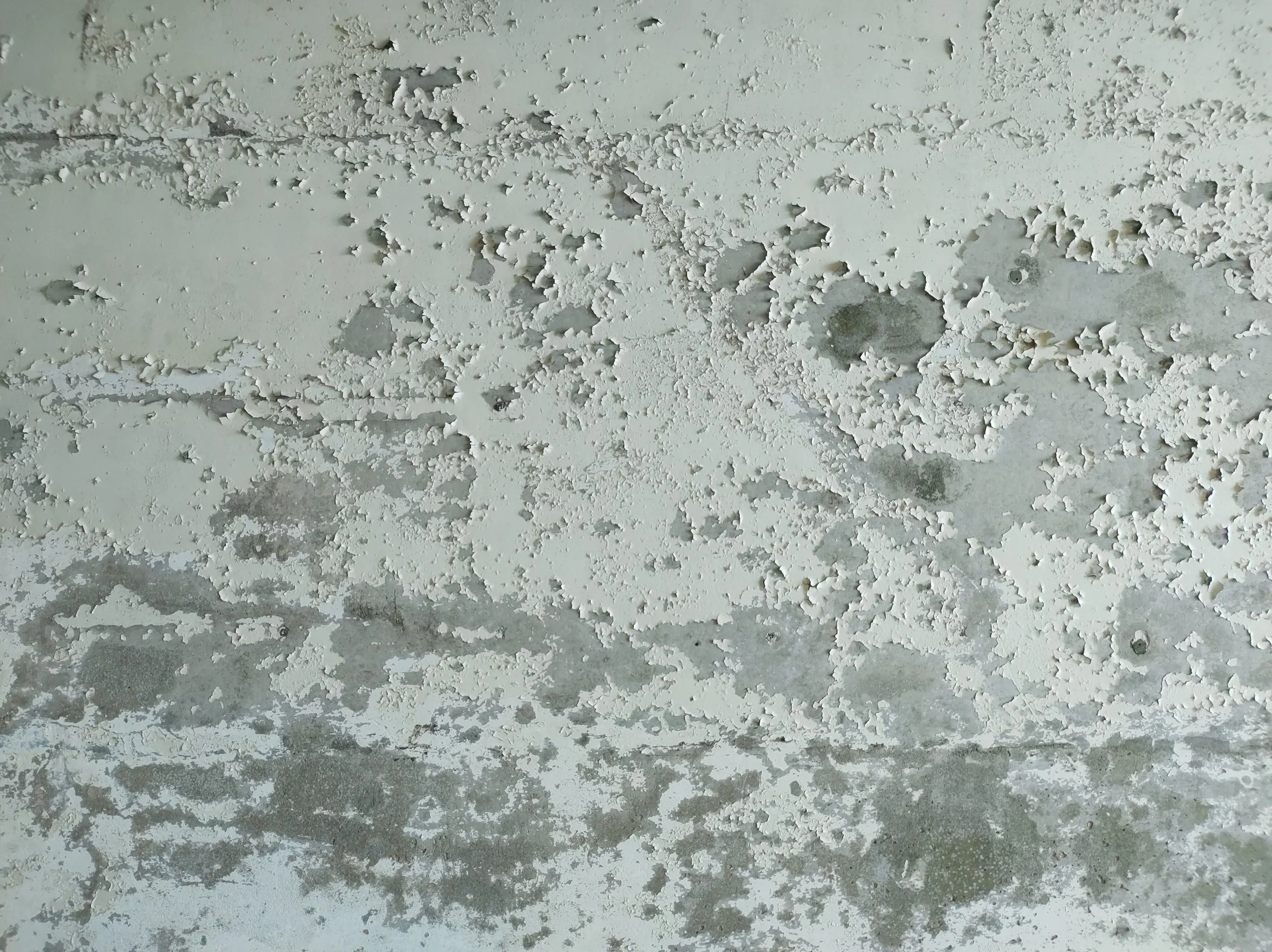White walls series #1
Clean white surfaces never exist in our cities, yet their imaginary remains prominent and oppressive. Dirty walls are not only disorderly in their appearance, but they also represent an obstacle in the way of progress, so much so, that non-whiteness becomes criminal, and writing on walls eventually came to carry a prison sentence. When looking at the history of how writing on walls was criminalised as graffiti, the language, principles, and ambitions of the modernist white surface are strikingly present.
In the early 20th century, whiteness was seen as freeing urban dwellers from the burden of decoration, excess, and cladding, while being instrumental in the deployment and maintenance of urban order. Adolf Loos brutally condemned the decoration of the skin of the city, as much as the skin of the body, in his 1908 Ornament and Crime, where he also stated that moving away from decoration was a fundamental marker of civilisational progress. Similarly, Le Corbusier saw the white wall as a moral imperative and a marker of purification and hygiene, not so much of the building, but of modern civilisation itself. In his Decorative art of today, he goes as far as imagining a white city imposed by “The law of Ripolin”, which would make it compulsory to paint every surface white. Ripolin was a well-known and widely used brand of wall paint, and Le Corbusier believed that covering our cities in Ripolin whitewash would become an indicator of progress.
“Whitewash is extremely moral. Suppose there were a decree requiring all rooms in Paris to be given a coat of whitewash. I maintain that that would be a police task of real stature and a manifestation of high morality, the sign of a great people” (Le Corbusier 1987 [1925]: 192)
Le Corbusier’s vision of the maintenance of white walls becoming a police task reads almost prophetically when one thinks about the anti-graffiti police task forces and municipal graffiti cleaning teams set up in many countries around the world, enforcers of clean walls and moral codes. There is a seductive illusion that painting over graffiti means erasing an image, when in fact it also means creating a new one: an image of whiteness.


